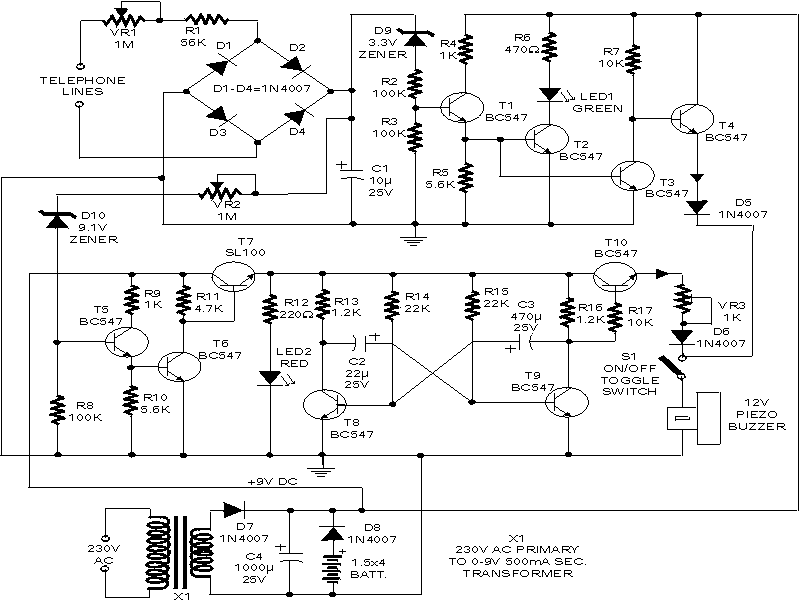I want to do shots like this, like the shot 15 seconds into the video:
http://www.youtube.com/watch?v=ik_XxZEfjJo
As you can see Bond and the Armorer, are both in focus and M sees to be in focus as well. My camera operator collaborator tells me, and if he goes higher than f8, he starts to get aperture diffraction. But f8 is not high enough to put everyone in focus. I have done some tests with my T2i, but I too cannot get 3 different people in the room into focus at f8.
http://www.youtube.com/watch?v=ik_XxZEfjJo
As you can see Bond and the Armorer, are both in focus and M sees to be in focus as well. My camera operator collaborator tells me, and if he goes higher than f8, he starts to get aperture diffraction. But f8 is not high enough to put everyone in focus. I have done some tests with my T2i, but I too cannot get 3 different people in the room into focus at f8.






 .
.
